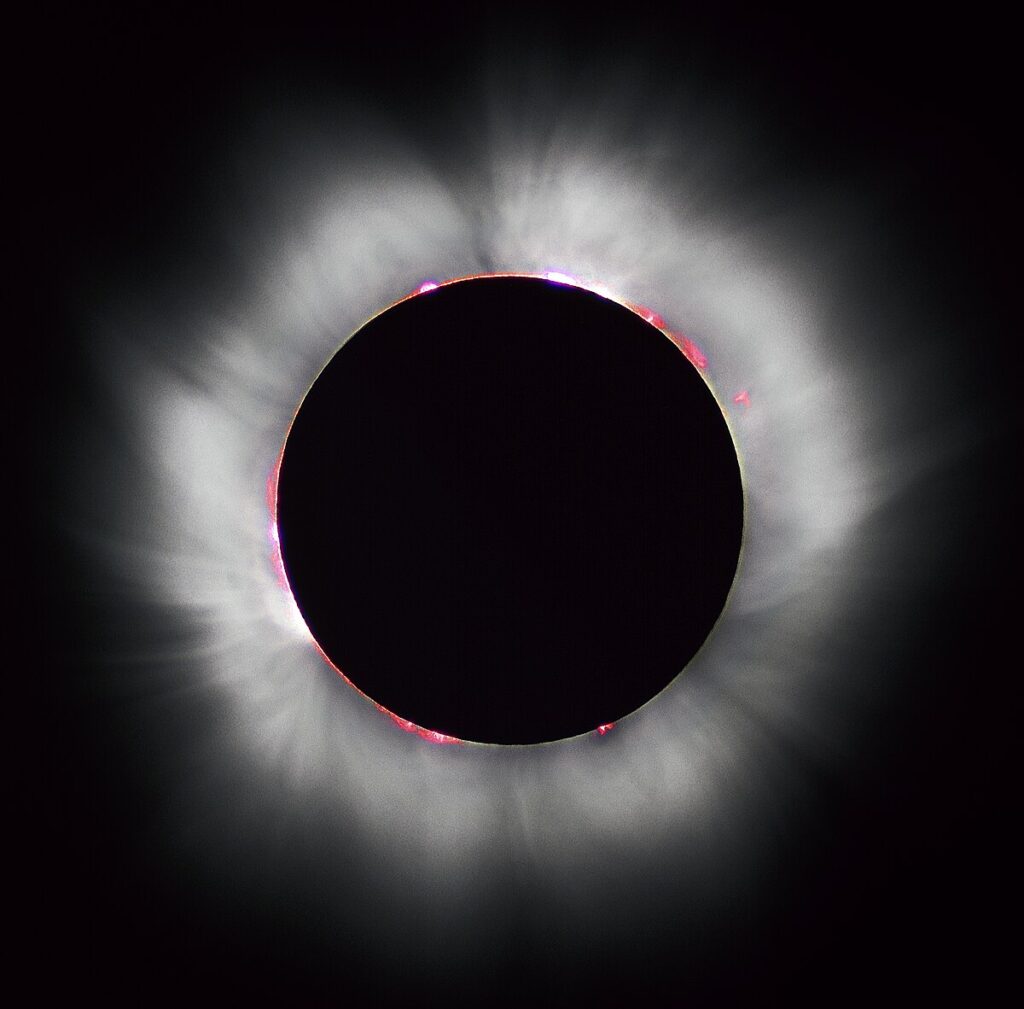Article Presented By Scioto Valley Dumpsters, LTD.
(Columbus) – The Ohio Department of Health is issuing guidance to provide eye safety information and awareness that can be used for solar eclipse planning and readiness. On Monday, April 8, 2024, weather permitting, all 50 U.S. states (excluding most of Alaska will experience at least a partial solar eclipse, as will most of Canada, all of Mexico, and all countries in Central America.

Types of Solar Eclipses include:
Total Solar Eclipse: A total solar eclipse happens when the moon passes
between the Sun and the earth, completely blocking the face of the Sun. Annual Solar Eclipse: An annular solar eclipse happens when the moon passes between the Sun and the earth, but when it is at or near its farthest point from the earth, the moon does not completely cover the Sun.
Partial Solar Eclipse: A partial solar eclipse happens when the moon passes between the Sun and the earth, but the Sun, moon, and earth do not perfectly line up, only covering part of the Sun.
Solar Eclipse Eyewear Tips: It is never safe to look at a solar eclipse without proper safety equipment or techniques. Encourage the wearing of solar eclipse glasses when watching a total, annular or partial solar eclipse. During the very brief time the Sun is in a partial or total solar eclipse, as the moon moves away from blocking the Sun, a person might get a solar burn on their retina which can cause permanent damage to their eyes. Viewing any part of the bright Sun through a camera lens, binoculars, or a telescope without a special-purpose solar filter secured over the front of the optics will instantly cause severe eye injury. When watching the phases of the solar eclipse always look through safe solar viewing glasses (“eclipse glasses”) or a safe handheld solar viewer.
Every one watching the Eclipse is encouraged to use eyewear that meets safety requirements and that is manufactured with ISO 12312-2 expert approved standard. When purchasing solar eclipse glasses, use a trusted source, and ensure glasses contain this ISO standard labeling.
You can visit https://eclipse.aas.org/eye-safety/iso-certification to ensure your solar eclipse eyewear is compliant. Official Prevent Blindness eclipse glasses can be purchased at Web Eye Care, School Health, or from an approved manufacturer listed at https://eclipse.aas.org/eye-safety/viewers-filters.
People within a 124-mile-wide band in the state of Ohio will experience a total solar eclipse. Areas in Ohio that are outside the path of totality will experience a partial eclipse.
A total solar eclipse is a rare and spectacular event. On average, one happens somewhere on the Earth only once every 1.5 years. Only 21 total solar eclipses have crossed the lower 48 states in the entire existence of the United States. The last total solar eclipse visible in Ohio was in 1806. The next total solar eclipse in Ohio will be in the year 2099.
Always Encourage Eye Safety You may call the office of your eye care professional to determine the best safety measures and solar eclipse viewing options for them.
This event will draw a large number of people and vehicles to viewing areas in the path of the eclipse. People will be coming to Ohio from across the country and the world. This will dramatically affect your ability to respond to emergencies and transport patients.
Multi-agency planning between local, county, and state officials has been underway for over one year now.



More Stories
Red Cross Seeks Donors May Trauma Awareness Month
Ohio A.G. Seeks Input On Signature Protections
Recommendation Made to Raise Postal Rates